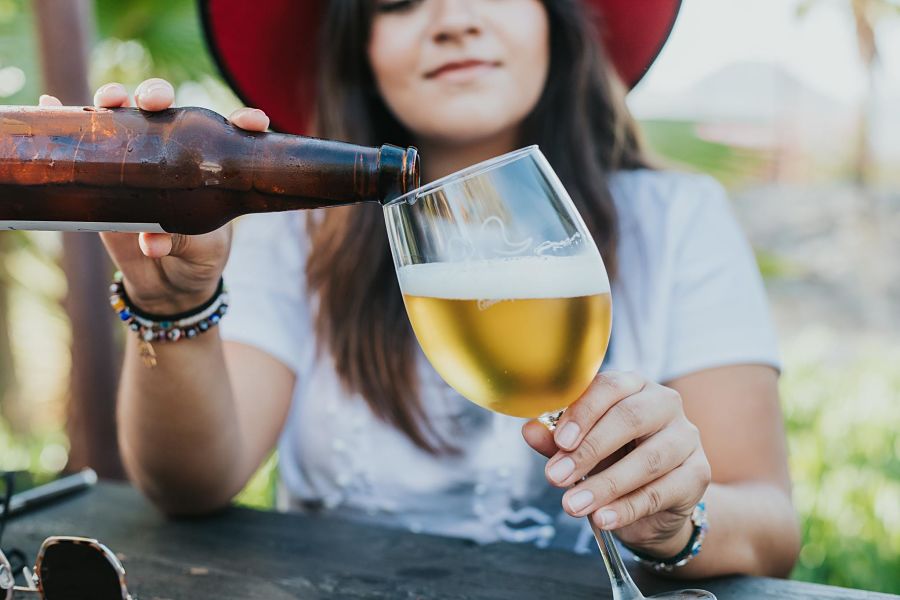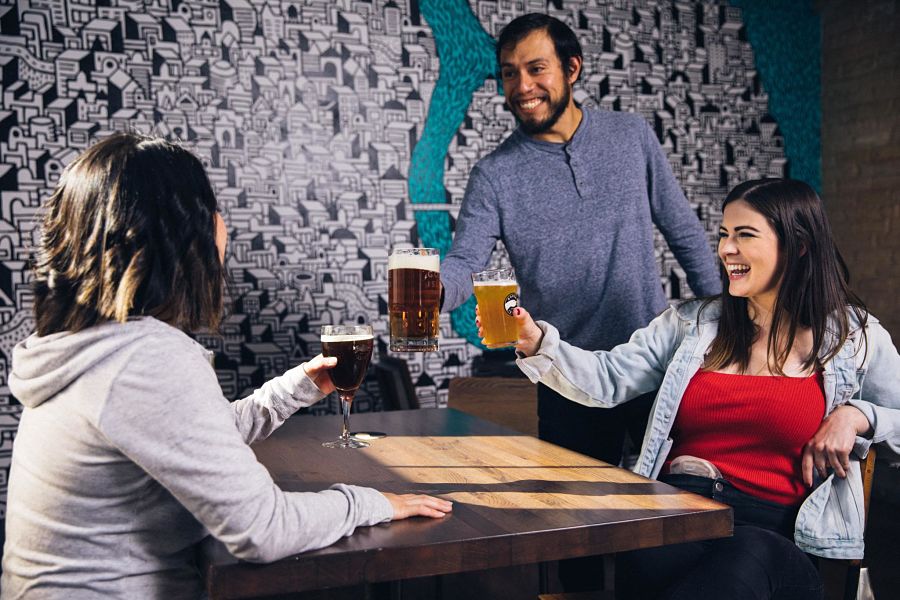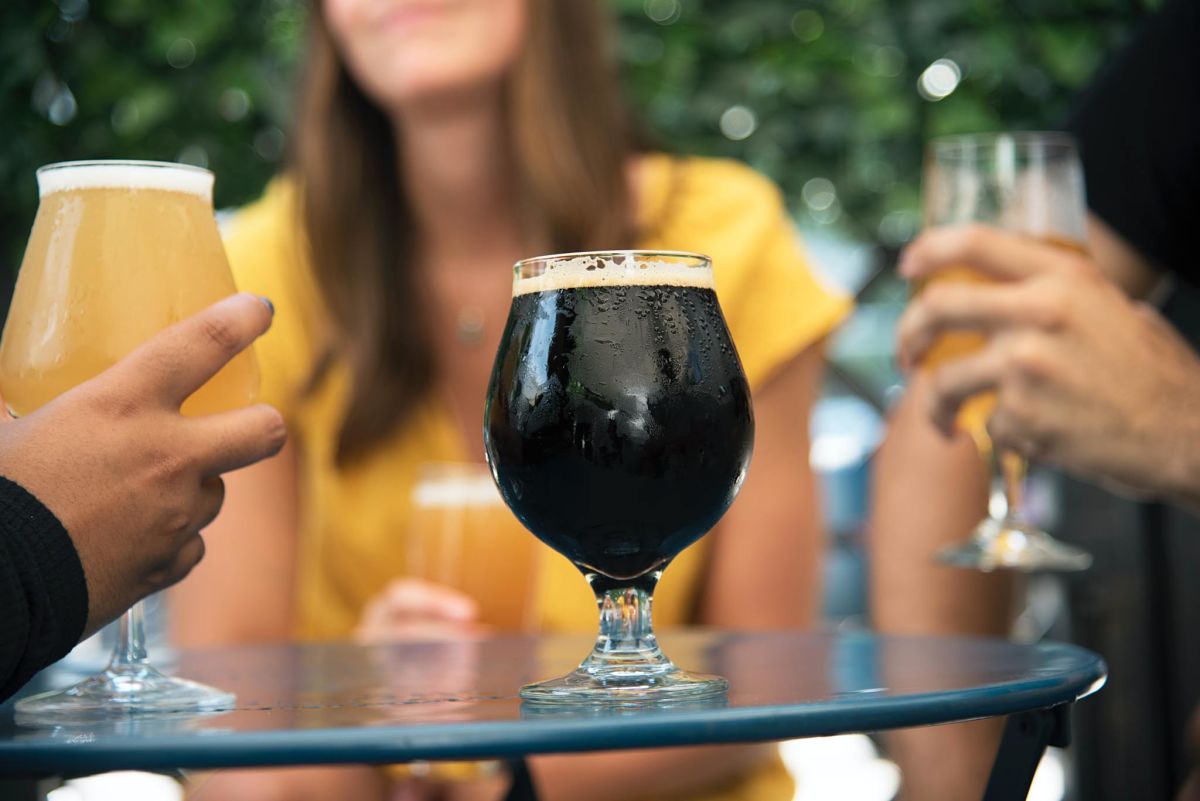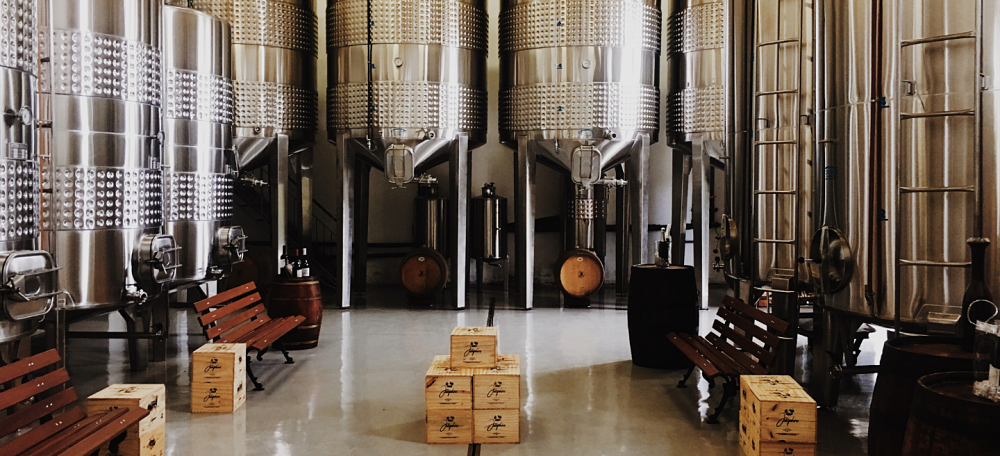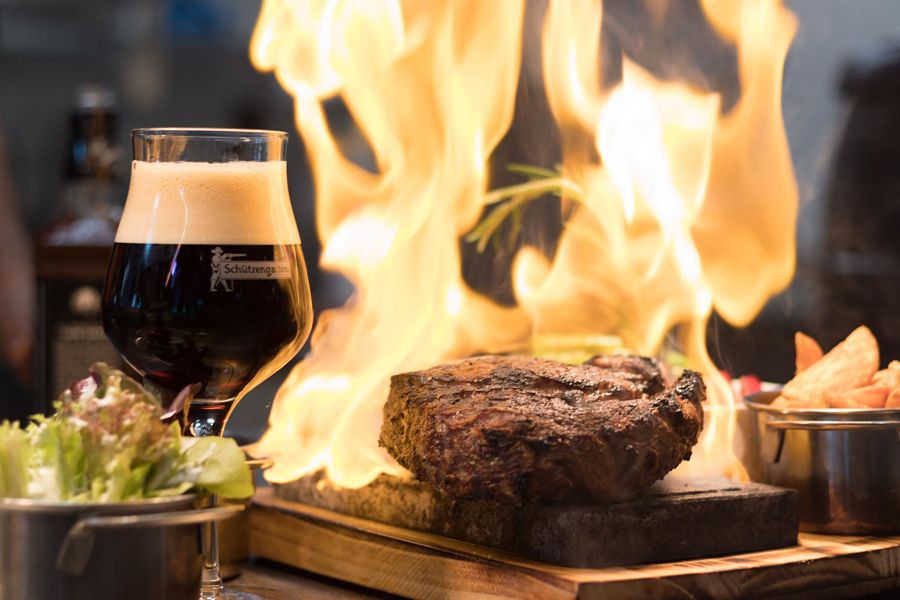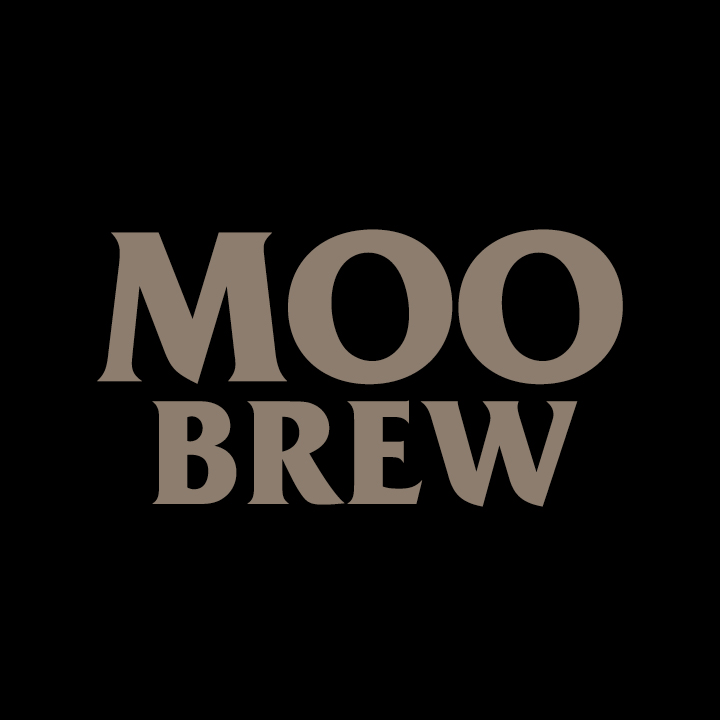What is an IPA?
27 May 2021
Many of us remember our first IPA. Mine was in around 2012: I was told it would be fruity, but I wasn’t ready for the bitterness that came along with it - I was done after one sip.
Like coffee and whisky, IPAs can be an acquired taste. But once you’ve acquired that taste, they’ll bring you more joy than you could have hoped for.
IPAs cover a spectrum of flavours with a number of sub-styles, but they mostly have three things in common: they contain more hops than pale ales; they’re more bitter than pale ales; they’re higher in alcohol than pale ales.
(There’s been a shift in IPA trends since about 2016, with many breweries and drinkers leaning towards hazier IPAs with tropical juice flavours and less bitterness. But we’ll talk about them another time; here, we’ll lay out some of the basics of IPAs first.)
What makes it an IPA?
If you’ve ever been confused by the name IPA, you’re in the majority. It stands for India Pale Ale, but the style doesn’t come from India, and since there are red, brown and black varieties, they’re clearly not all pale.
The name of the style goes back the 1700s and 1800s, when British beers were being exported to India. Some say the style originated because brewers would add more hops to the beers to preserve them on their long sea voyage… but it’s more likely that since pale ales were more popular in tropical India than darker beers like stouts and porters, ‘India ale’ and ‘India pale ale’ started being used as a marketing term back in England.
But save that for raucous arguments at the pub. The modern IPA has nothing to do with ships, and everything to do with hops. Up until the 1980s, hops were a background ingredient in beer that the general public didn’t even know existed. But when the American craft beer movement raged against the overabundance of lagers by exploring stronger flavours in beer, brewers rediscovered the IPA style and started celebrating and showcasing hops as an ingredient with a lot to offer.
From there, IPA meant a pale ale with more hops and higher alcohol, and with more hops comes stronger flavours and more bitterness. And since they generally sit around 5.5% to 7.5% ABV, they’re not designed to drink by the 6-pack.
What should I expect?
Expect the hops to do most of the talking in an IPA. Yeast aromas and flavours are usually non-existent. And while the malts in IPAs are important for alcohol content, body (the thickness of the beer) and balance (sweetness to offset the bitterness of hops), they’re not the main star. Their job is to show off the hops.
Hops smell wonderful, and brewers use techniques that amplify the hop aroma of beer even further. Hold an IPA under your nose and see what you find. Grapefruit, orange or lemon? Pine needles or tree sap? Nectarine, pineapple, white grapes, passionfruit, or rockmelon? These are all aromas that different hop varieties can offer. Some hops also smell like spices and flowers, but these tend to be less popular than fruity and resiny hops. You may also smell toffee or caramel; those aromas are from the malts.
Your first sip will most likely bring a punch of flavour. Sometimes all of those aromas you’ve been enjoying will translate into flavours you’re tasting; sometimes the taste differs from the smell, with the malts and bitterness affecting the way you perceive the hop flavours. Either way, it’s an intense experience, made all the more so by the bitterness that hits you, either right up front or sneakily at the end.
(Since hop character deteriorates over time, remember to drink your IPAs fresh so they taste the way the brewer intended.)
Sometimes brewers will simply call their beer an IPA; sometimes they’ll tell you about a sub-category that it fits into. West Coast IPA? Expect grapefruit and resin. Red IPA? Expect caramel and toffee malts along with your hop flavours. Black IPA? Expect stout-like roastiness and coffee with your IPA.
What are some IPAs I could try?
If you’re looking for an introduction to the style, 6ft & Offshore by Sunday Road Brewing or Moo Brew’s IPA will give you plenty of flavour without whacking you in the face too hard.
Step it up a notch with the toffee and citrus of Posso’s IPA from Bells Beach, or the peach and pine of Blackman’s Reginald IPA.
For something a little different, Ruby RRIPA from Urban Alley is a ripping good red; Aether Brewing’s Black As Your Heart will bring you to the dark side; or, if you want an alcohol free beer with a spicy kick, try Sobah’s Pepperberry IPA.
With all the different sub-styles, different hop varieties, and different hopping techniques, you’ll never run out of new IPAs to try.

